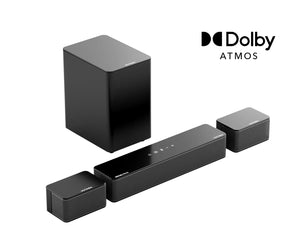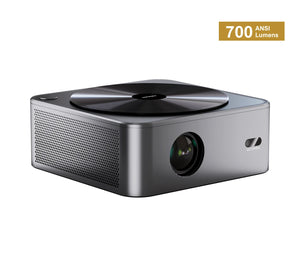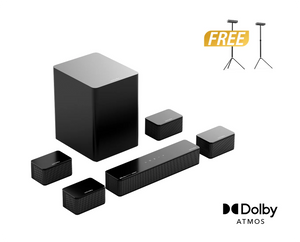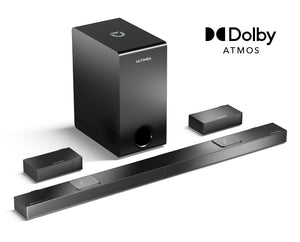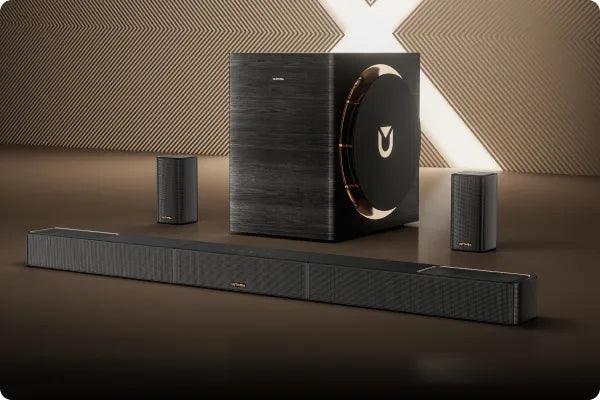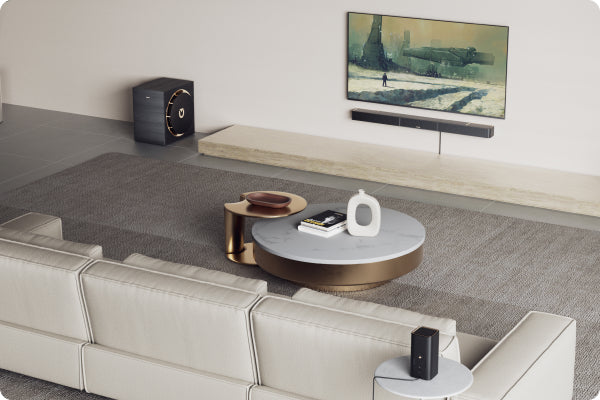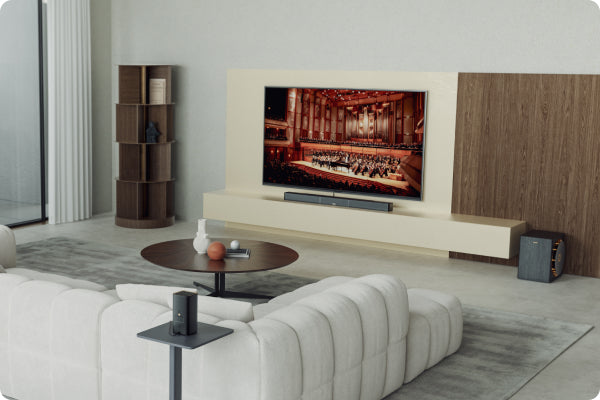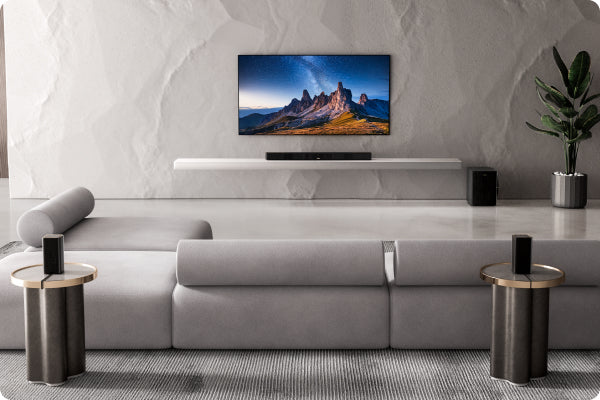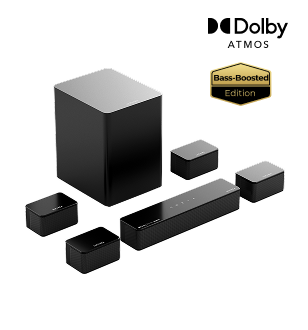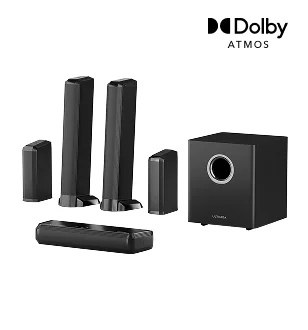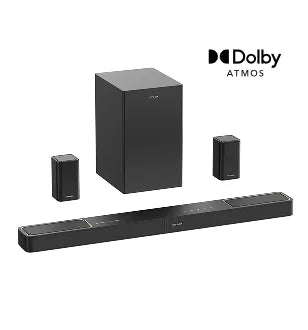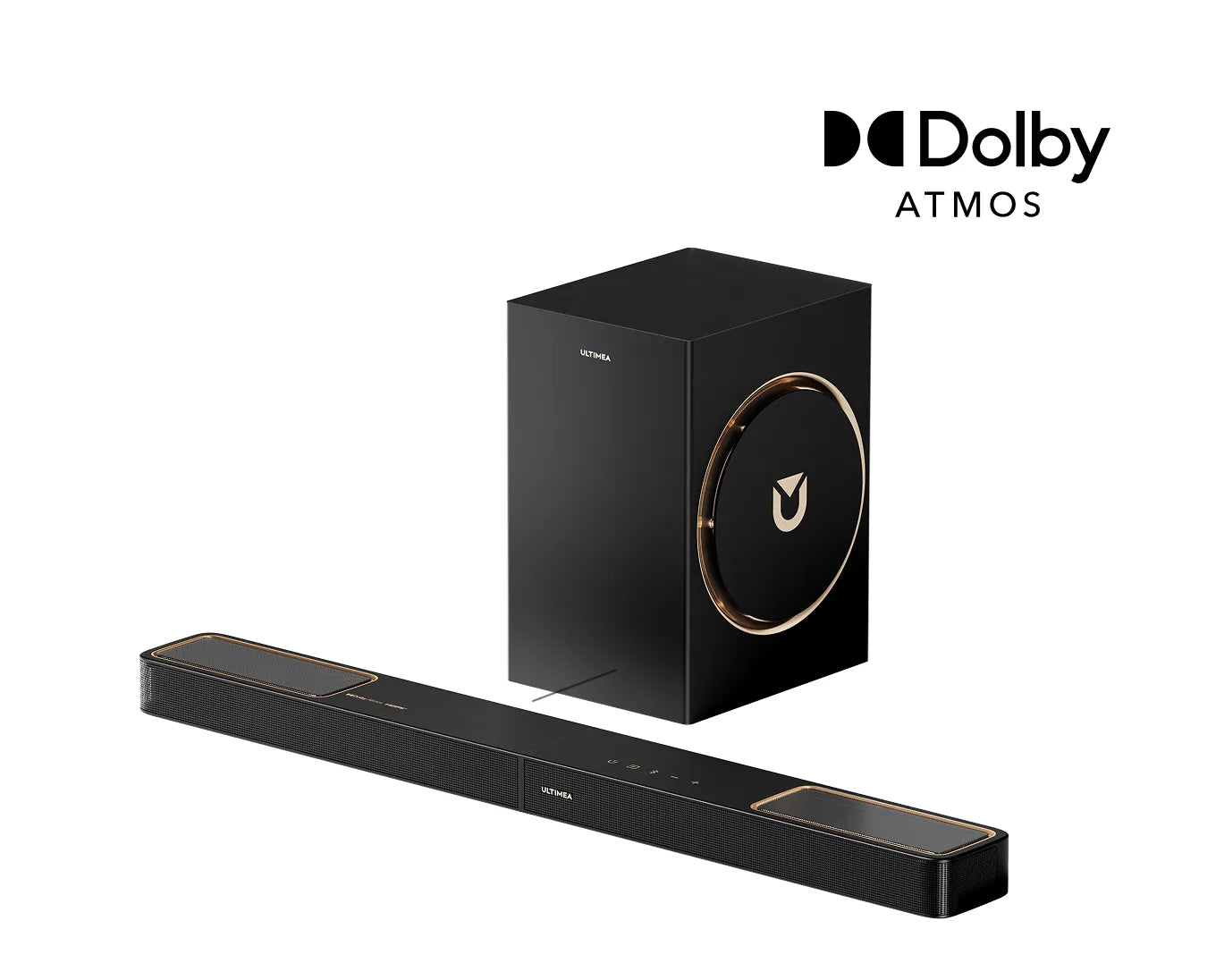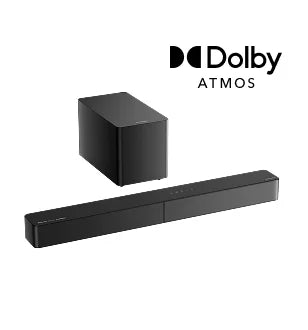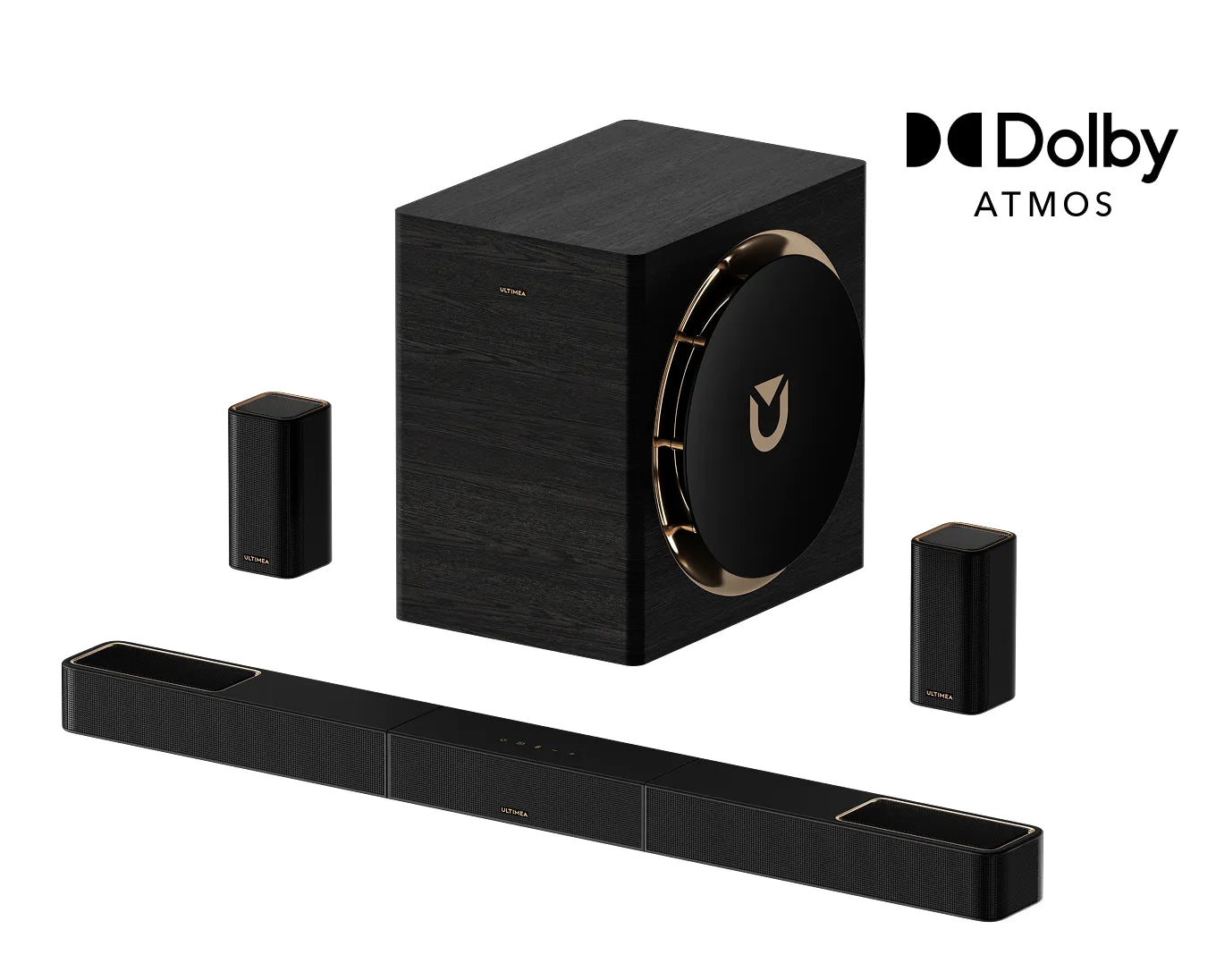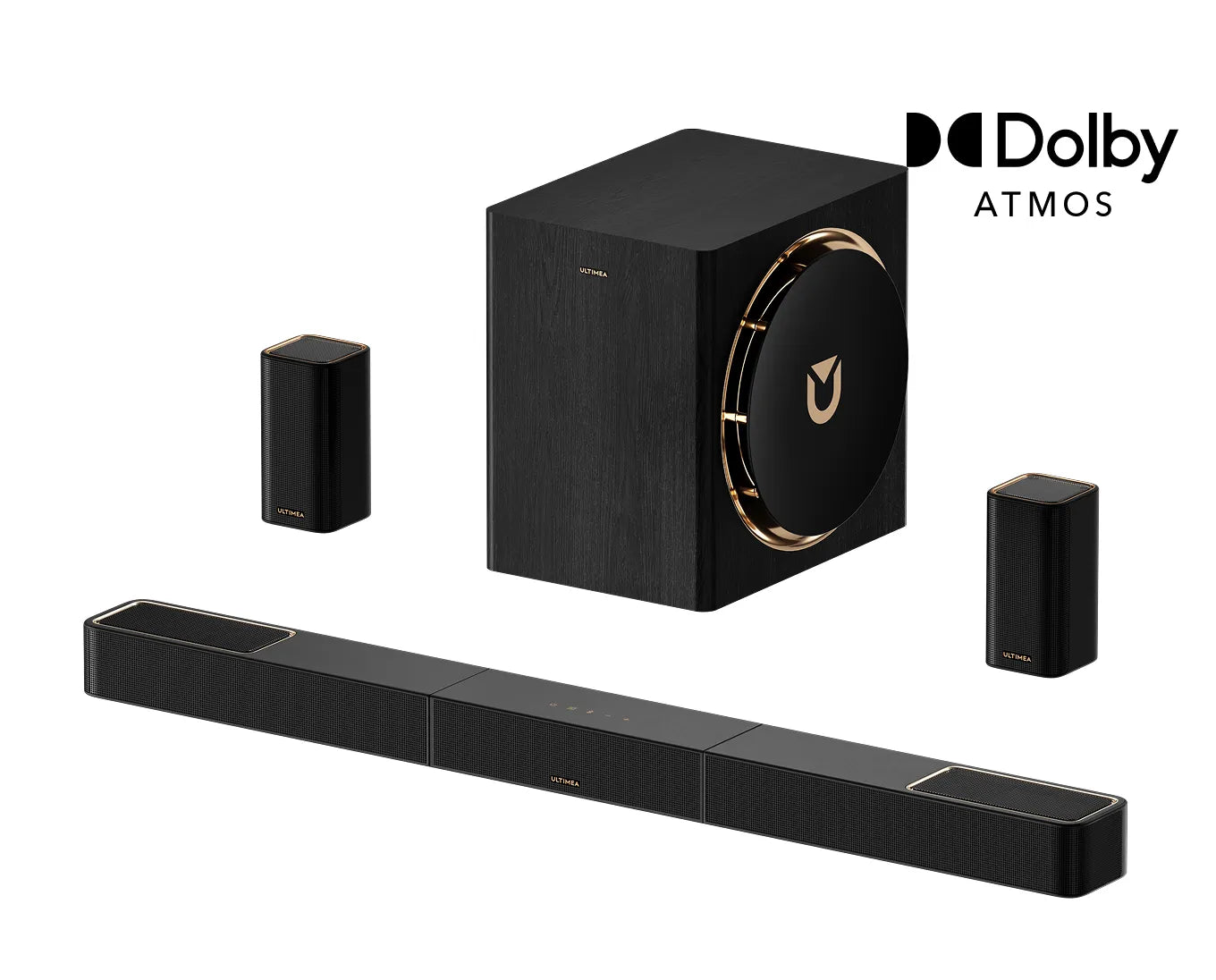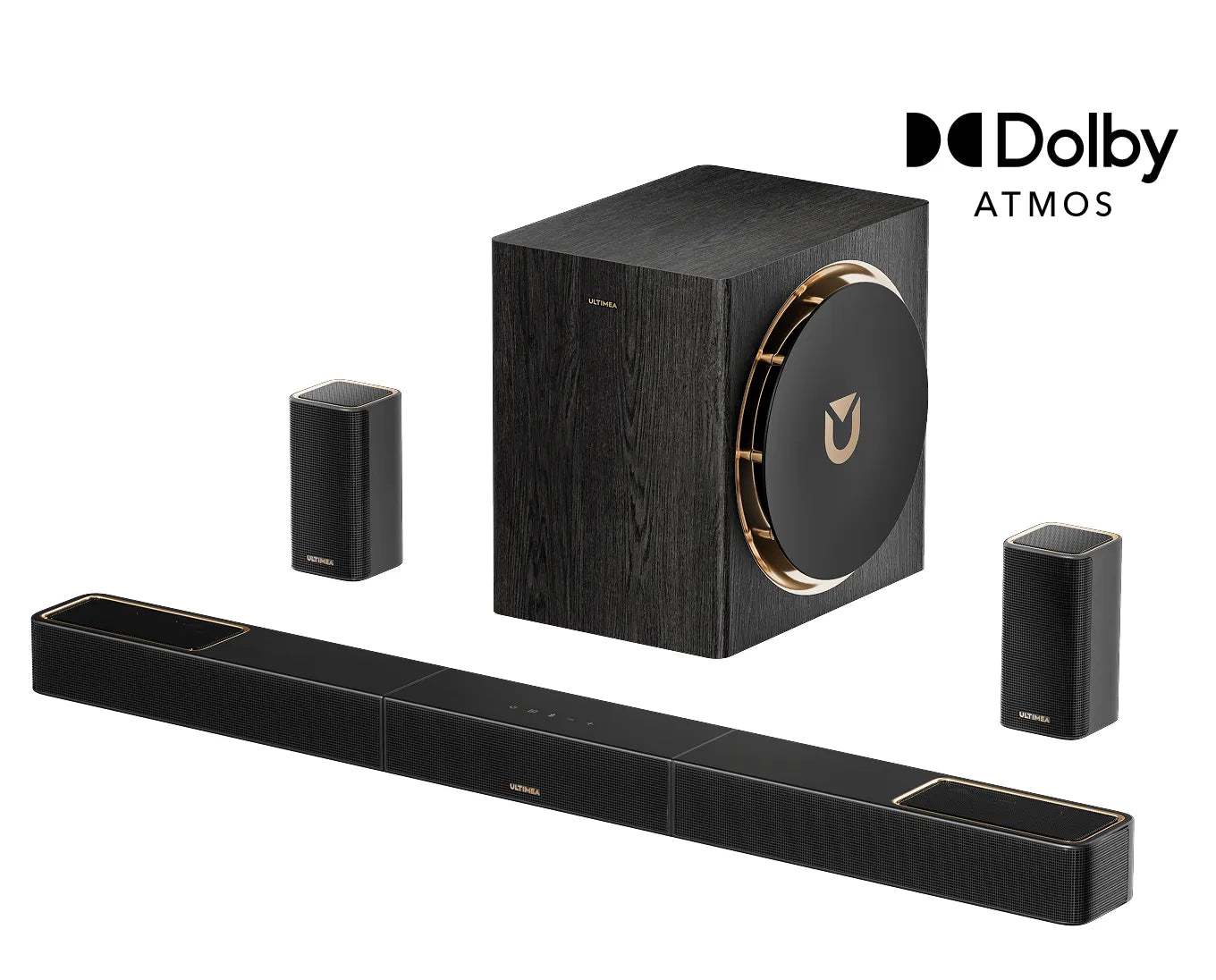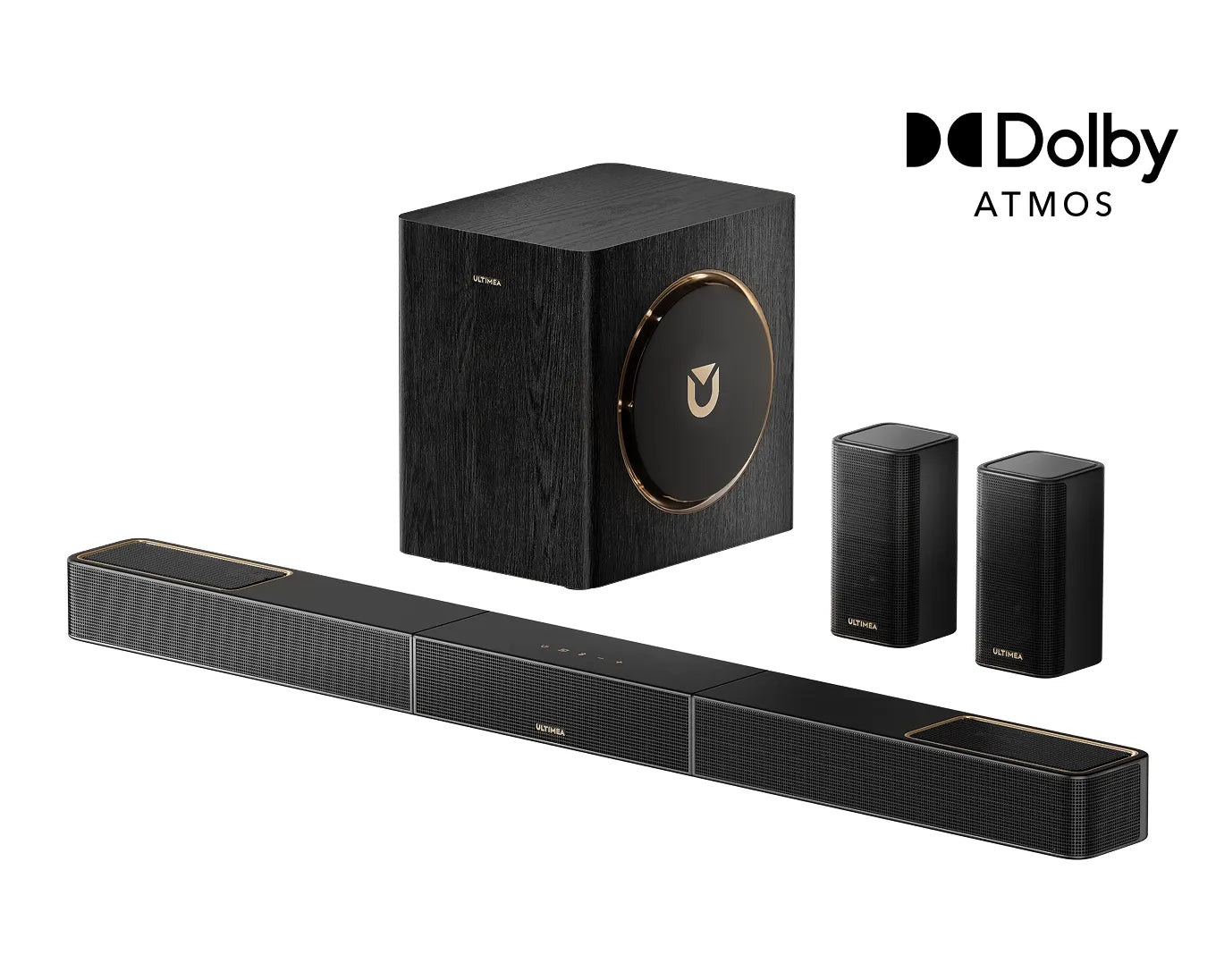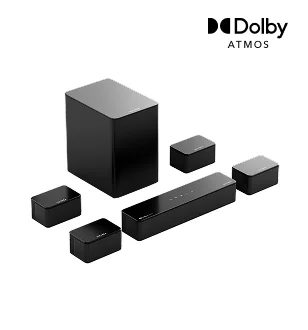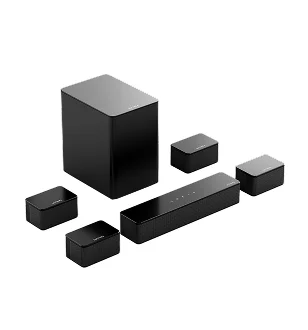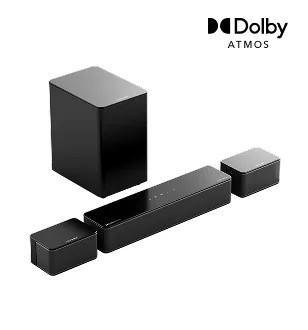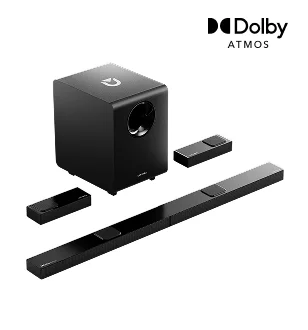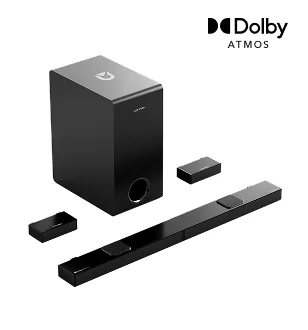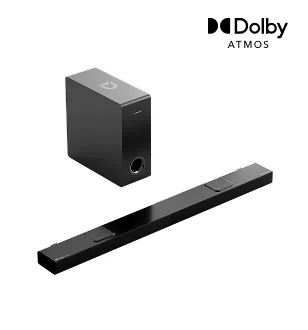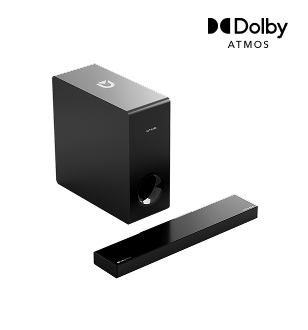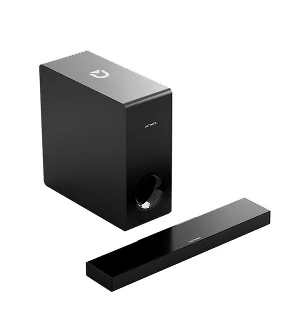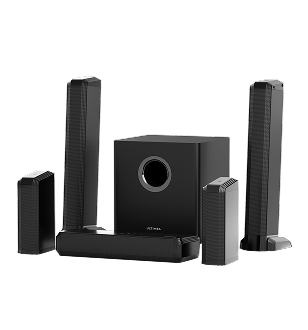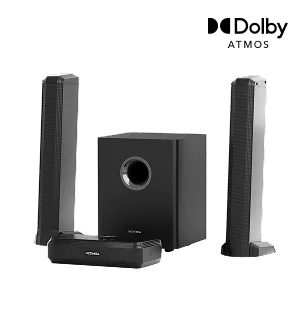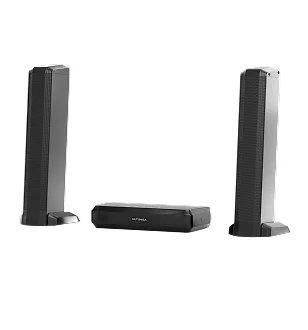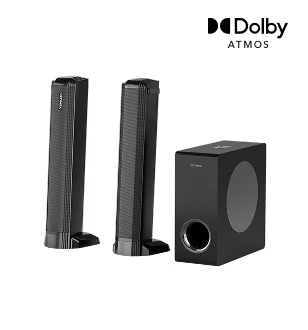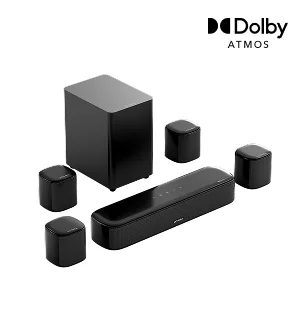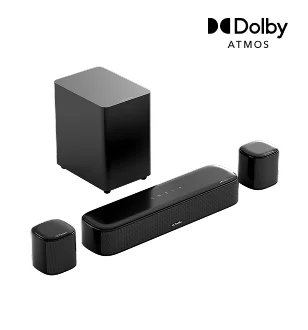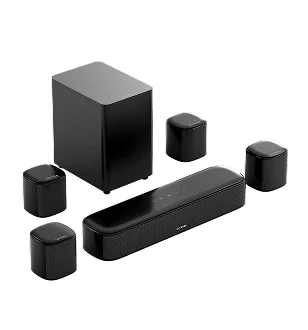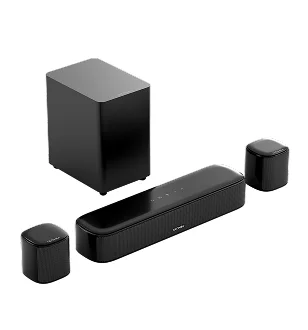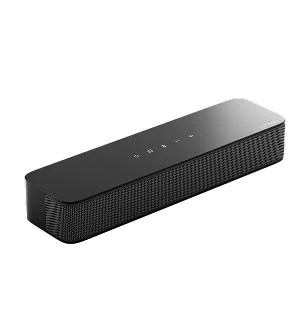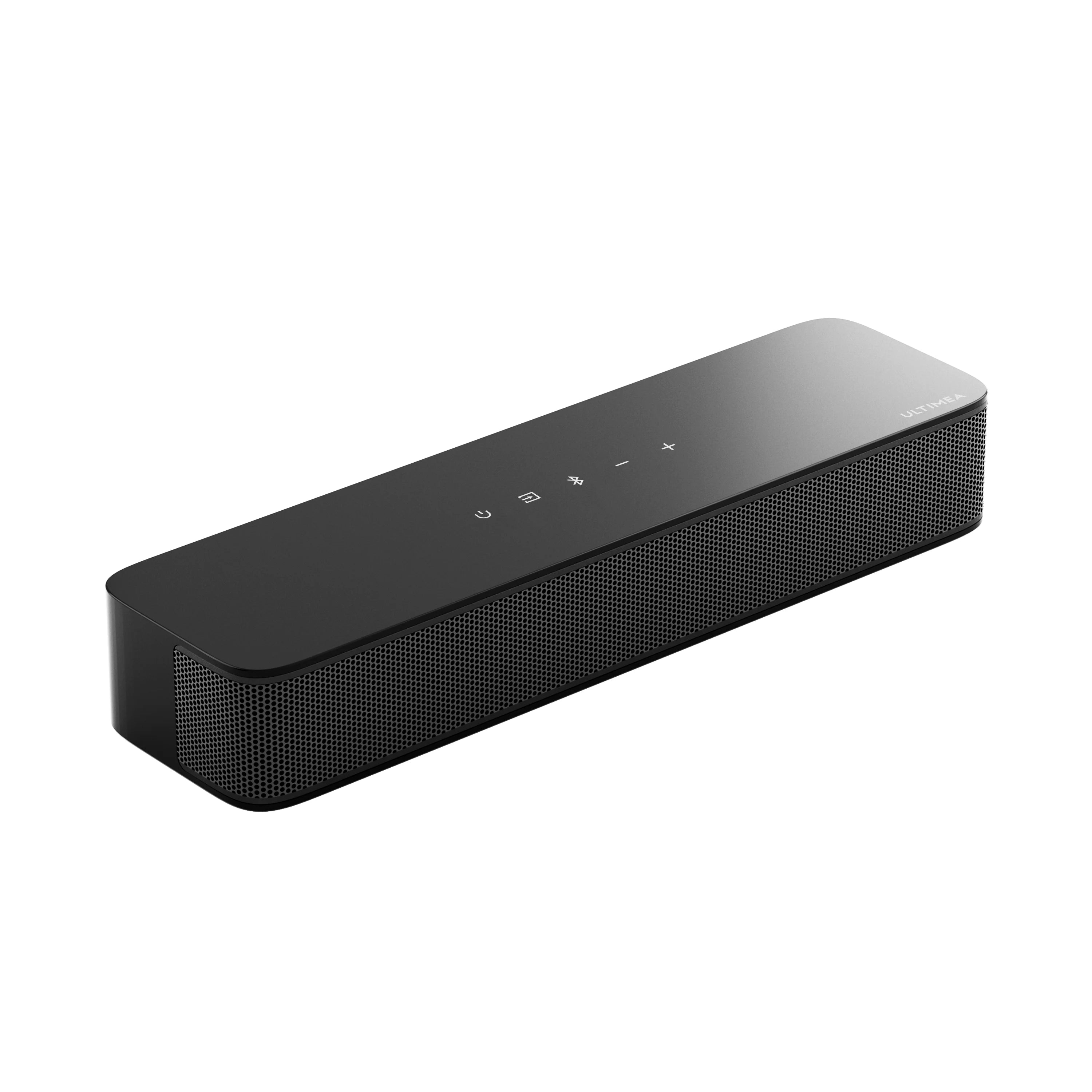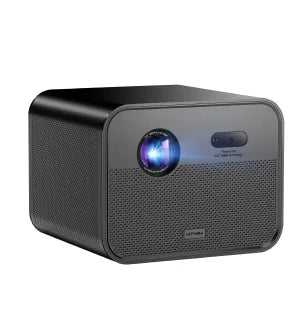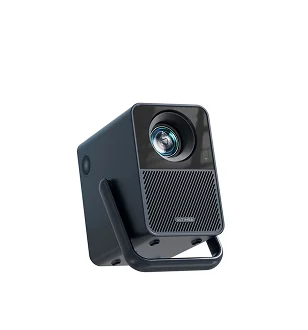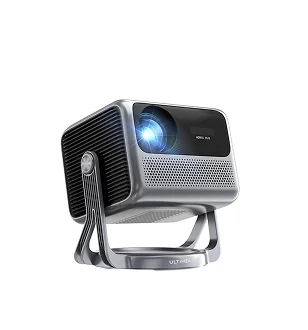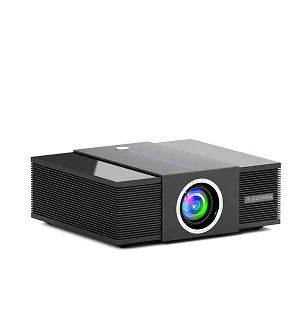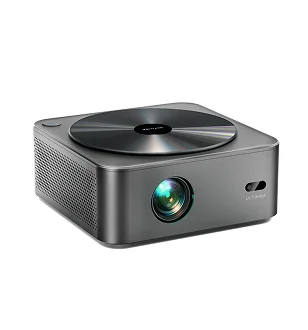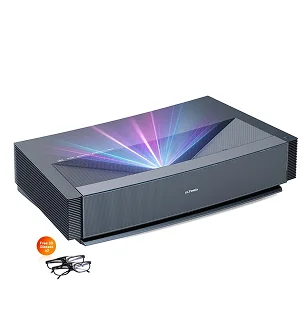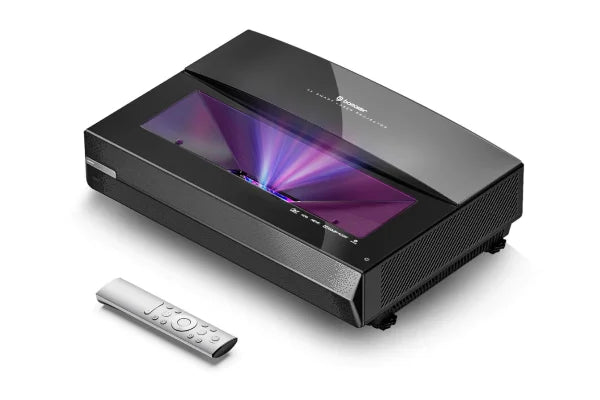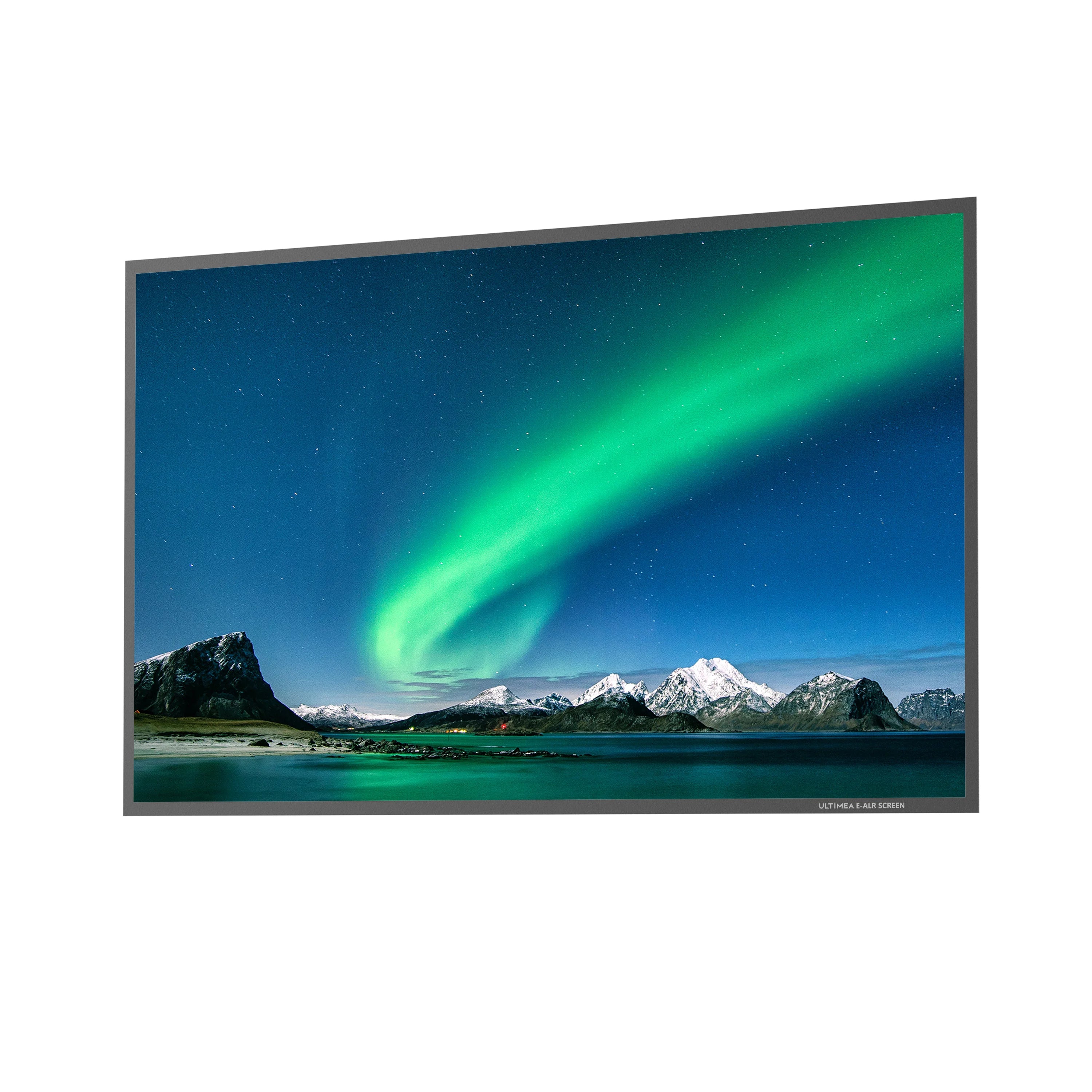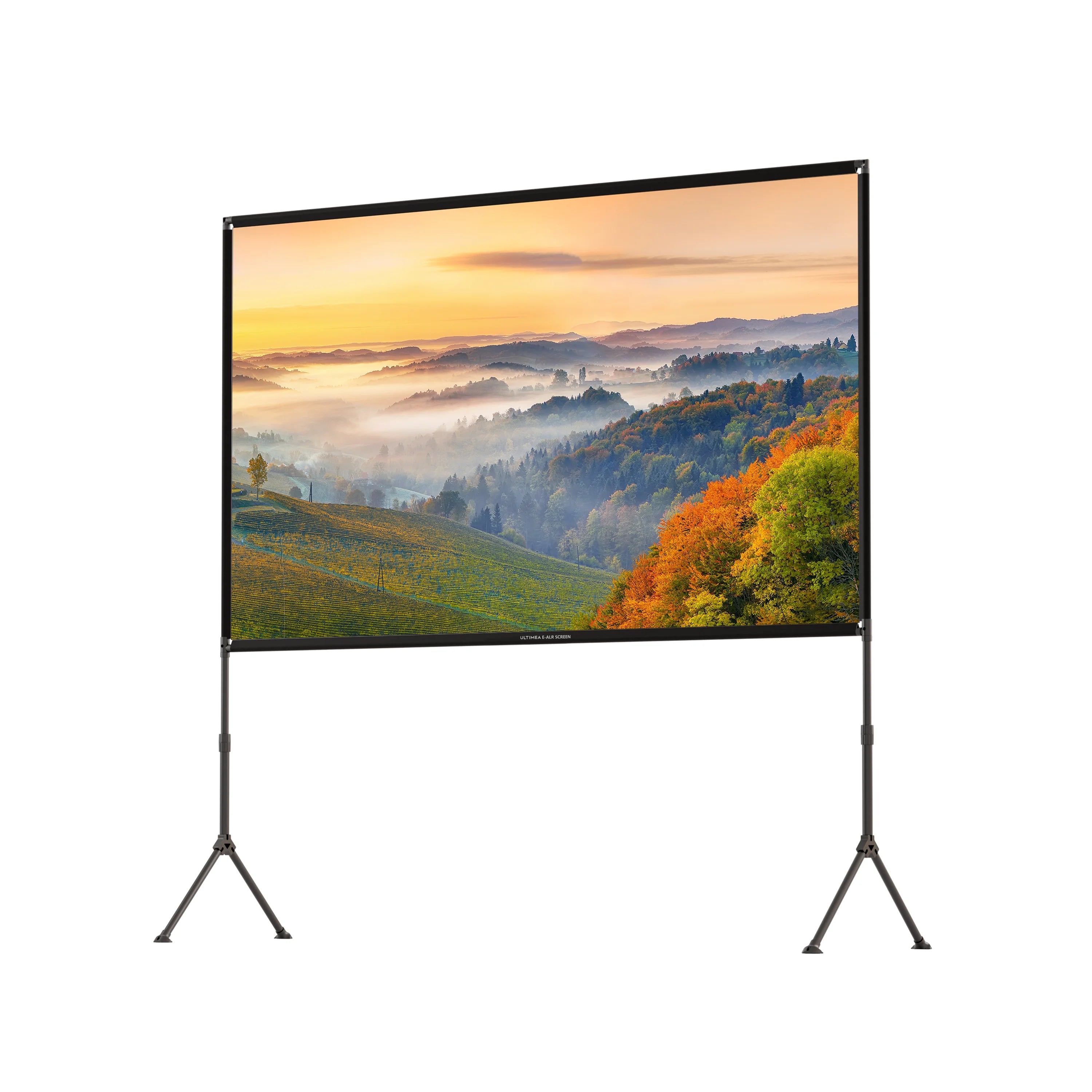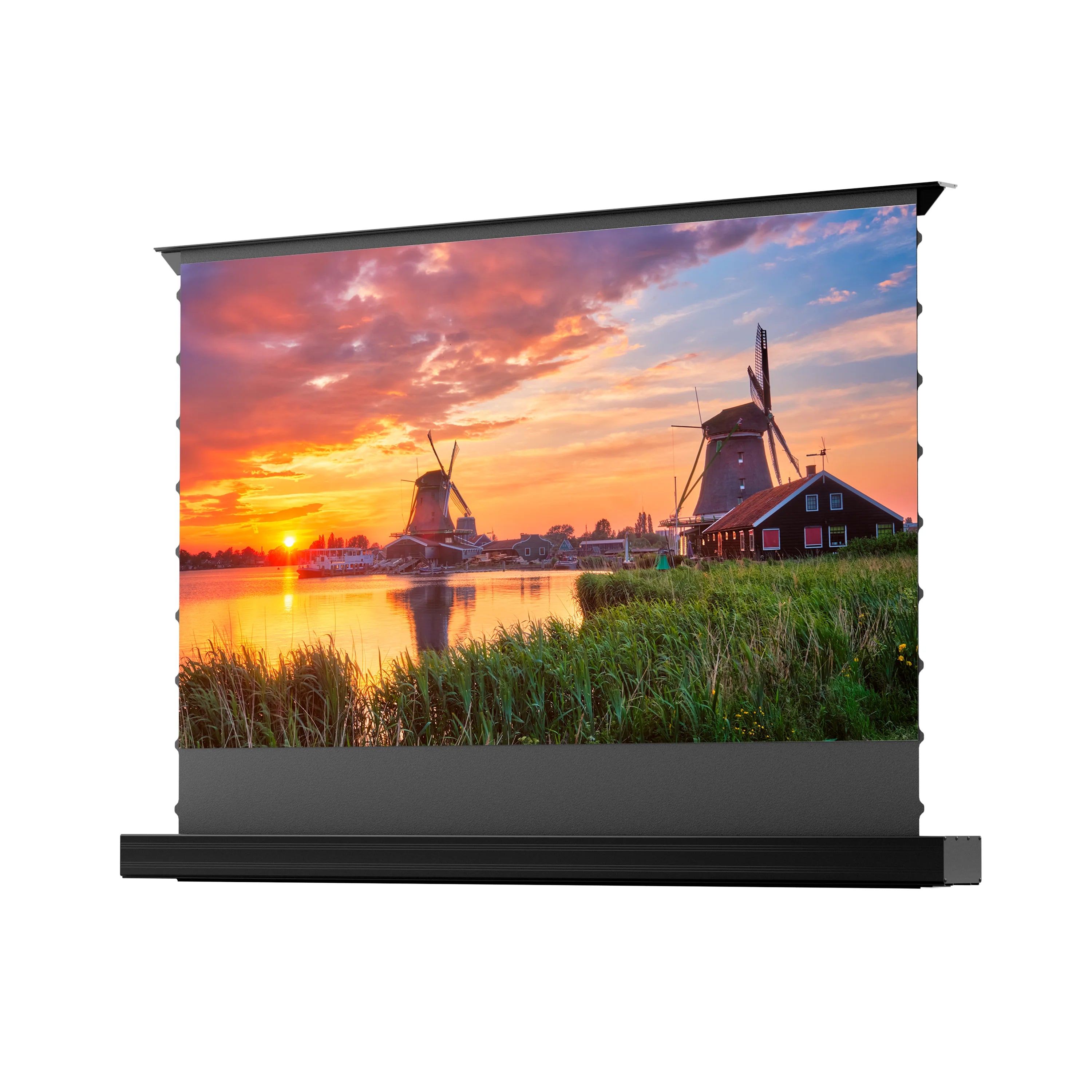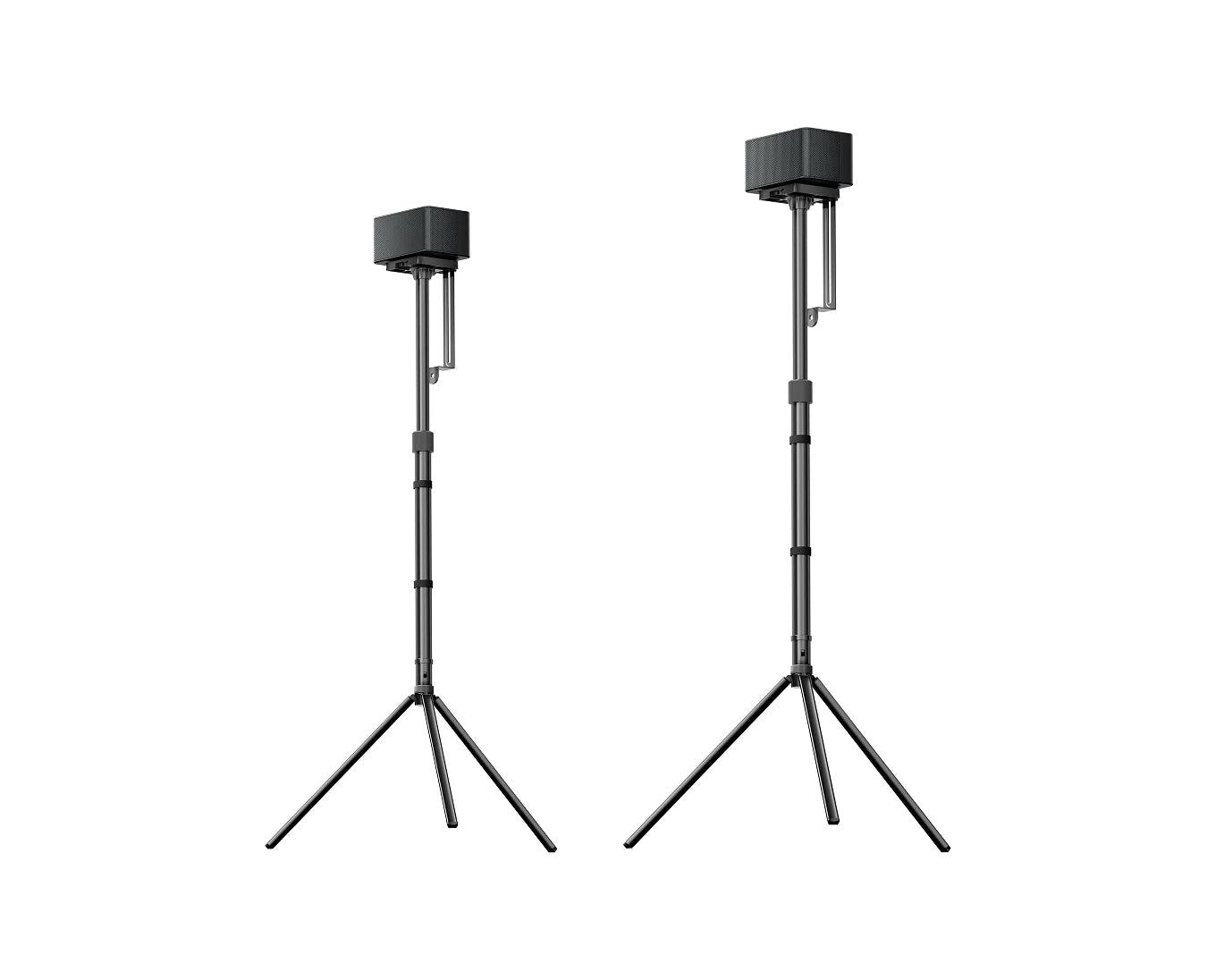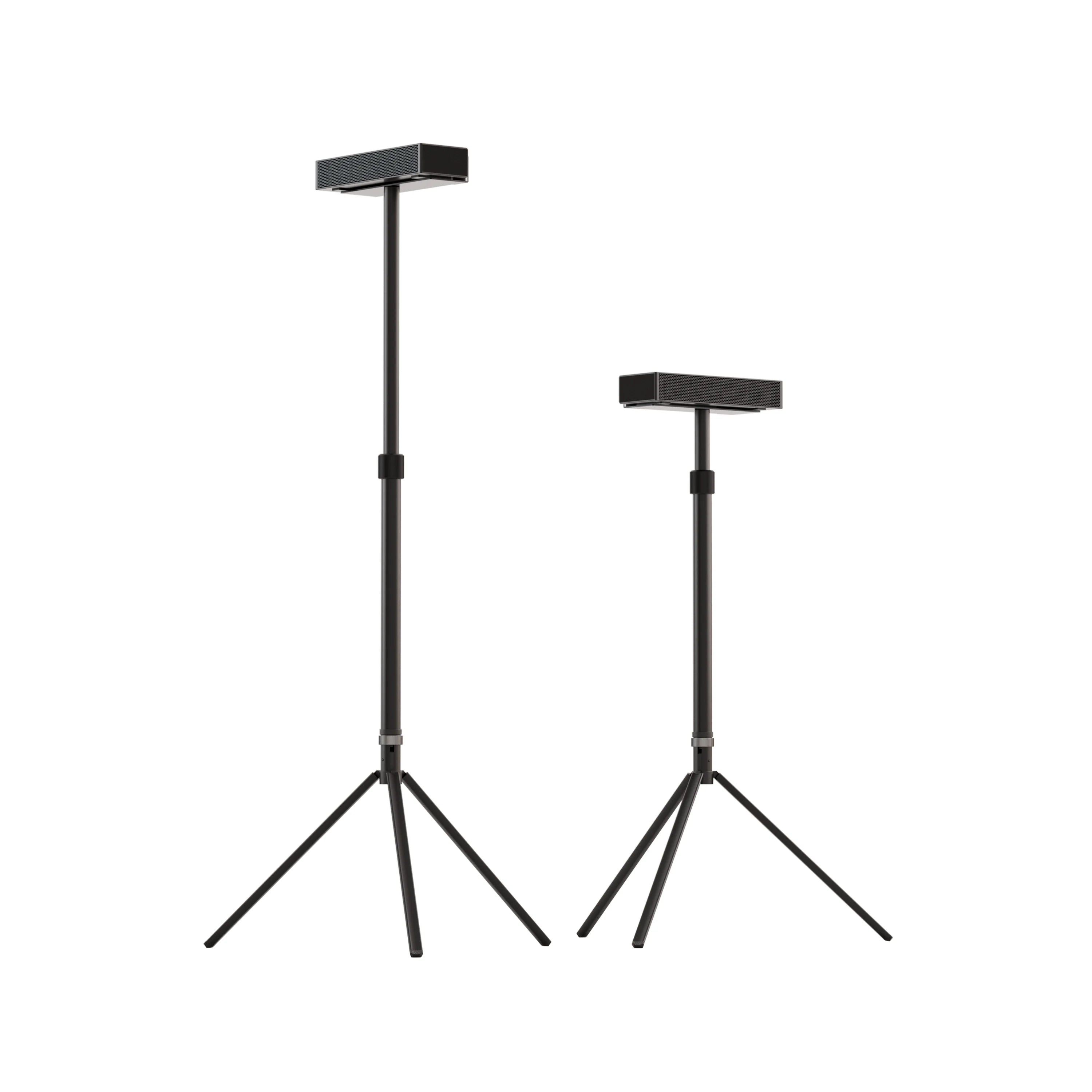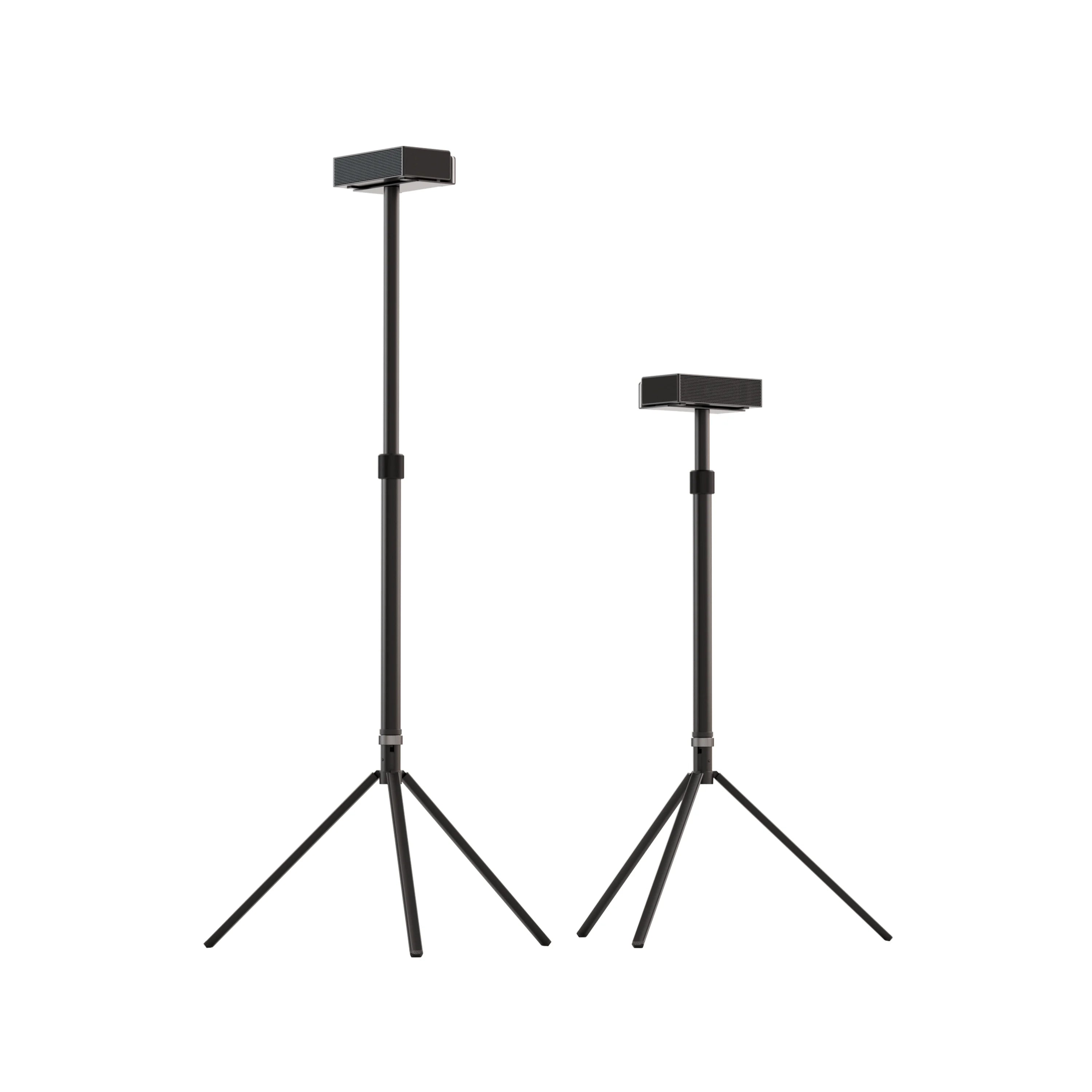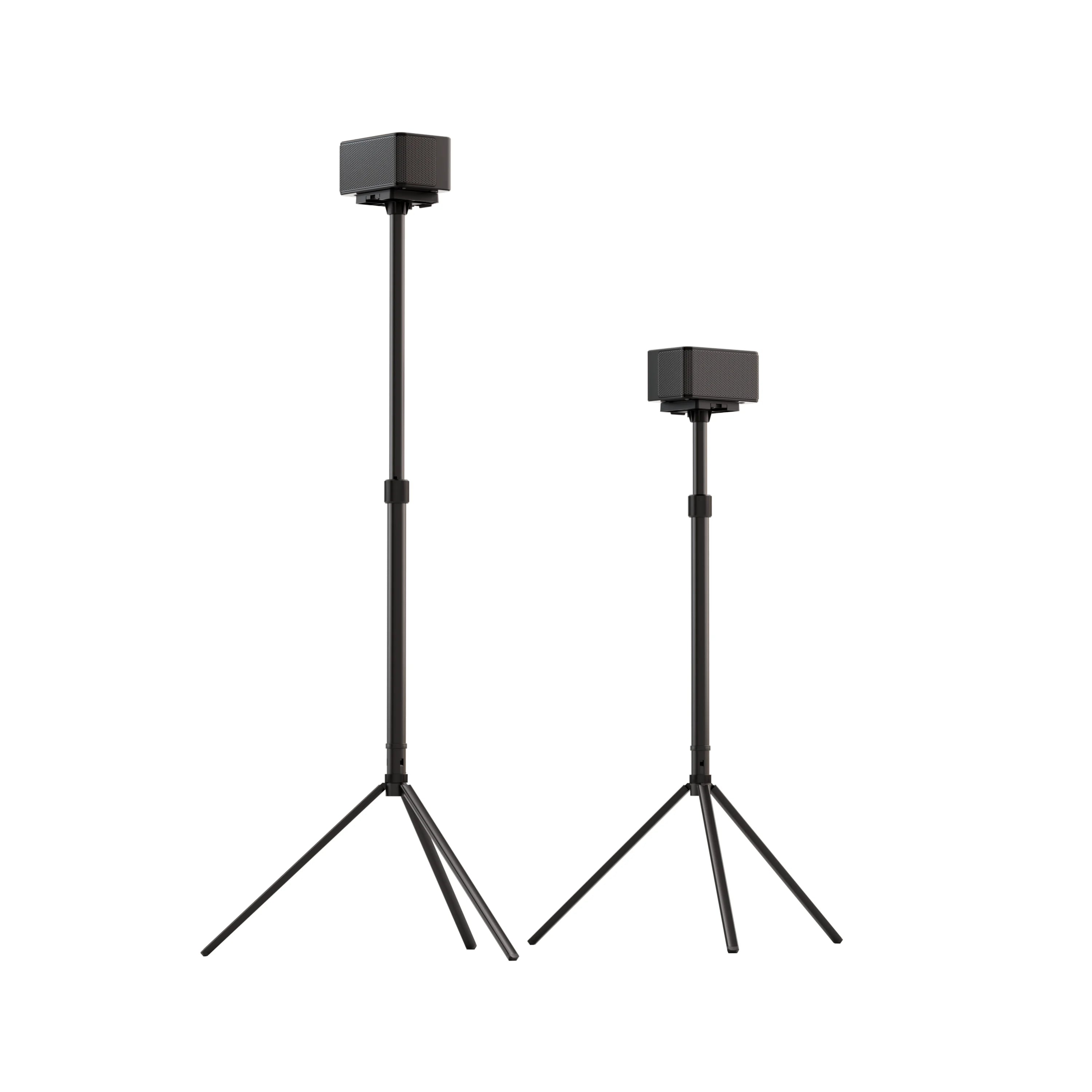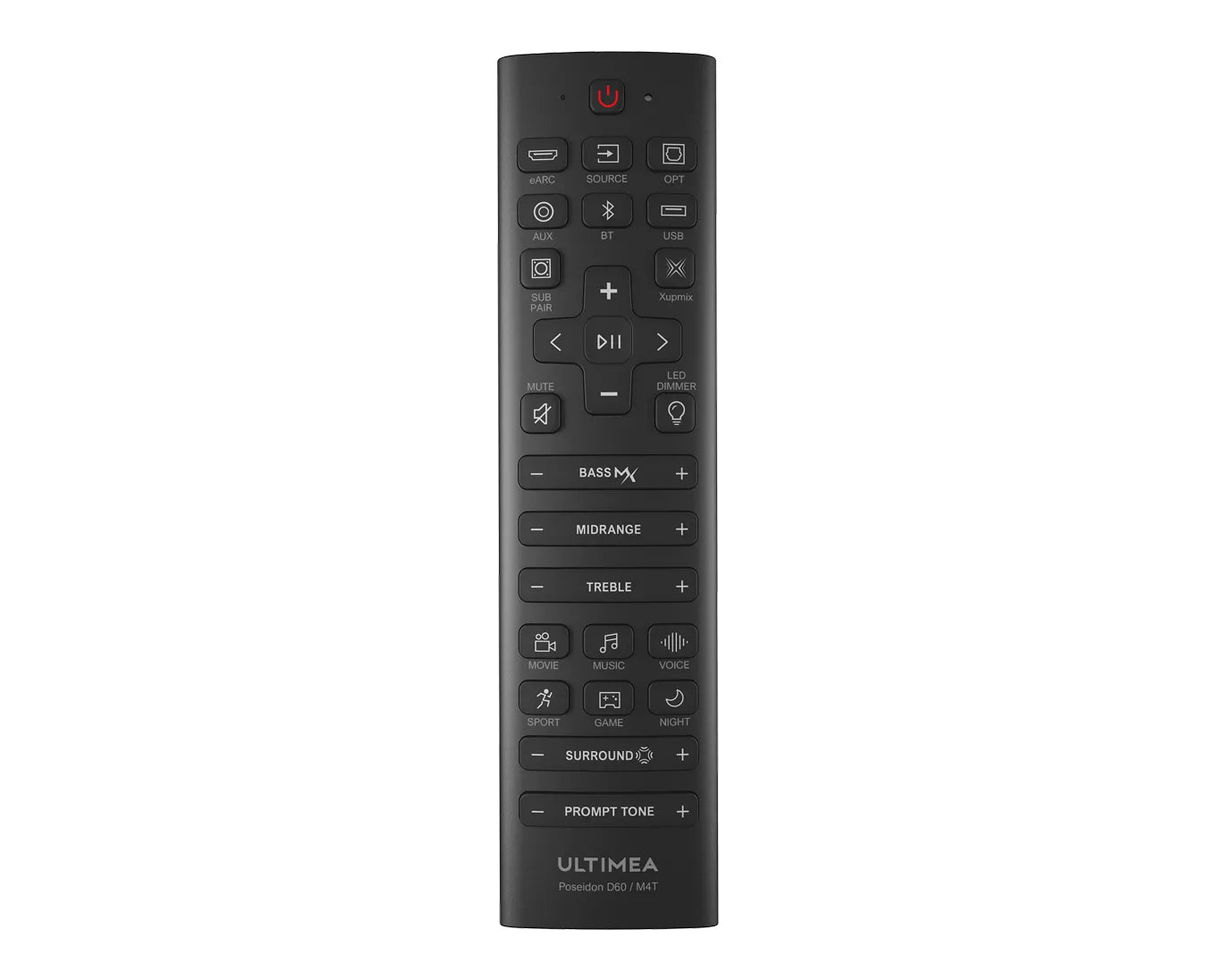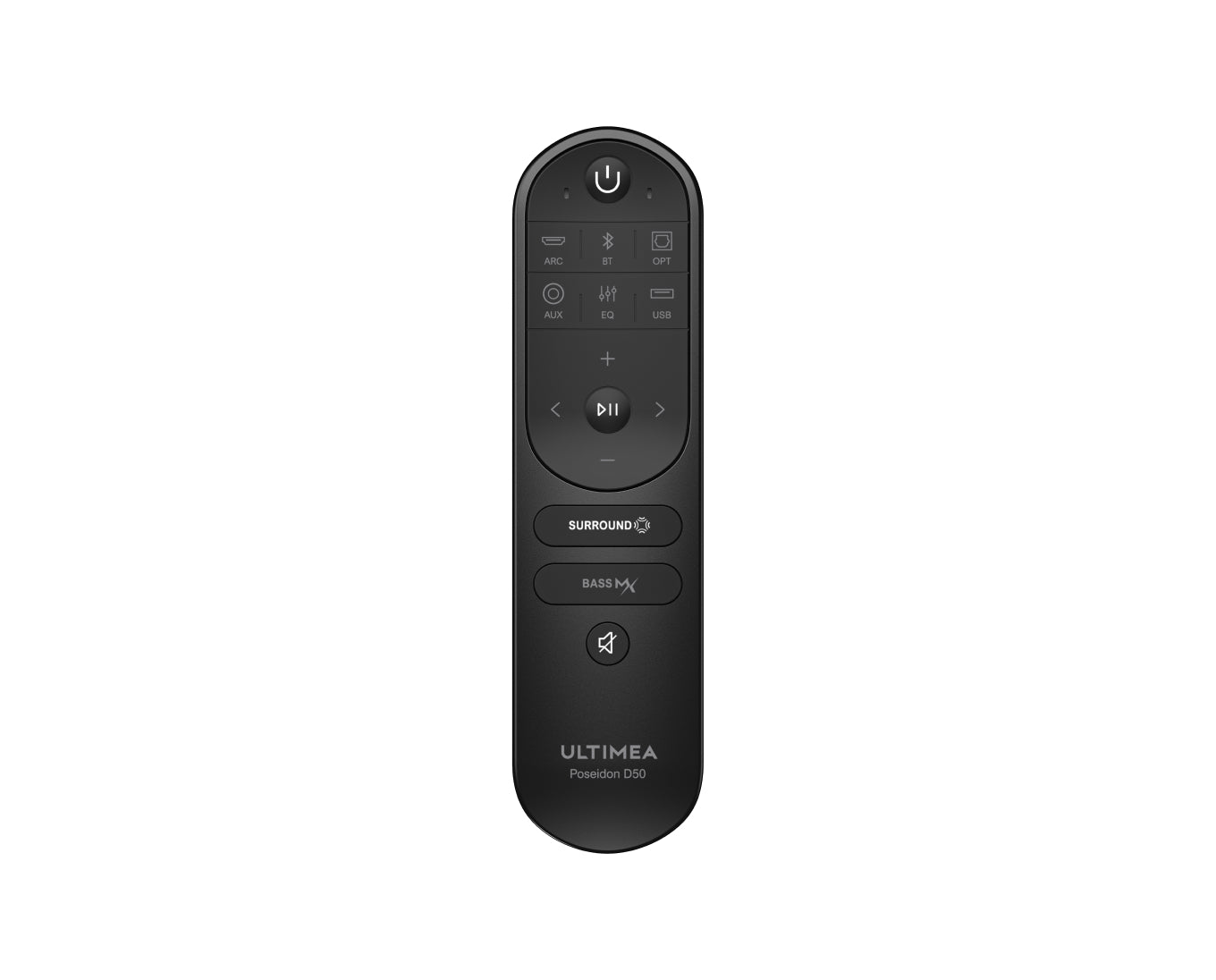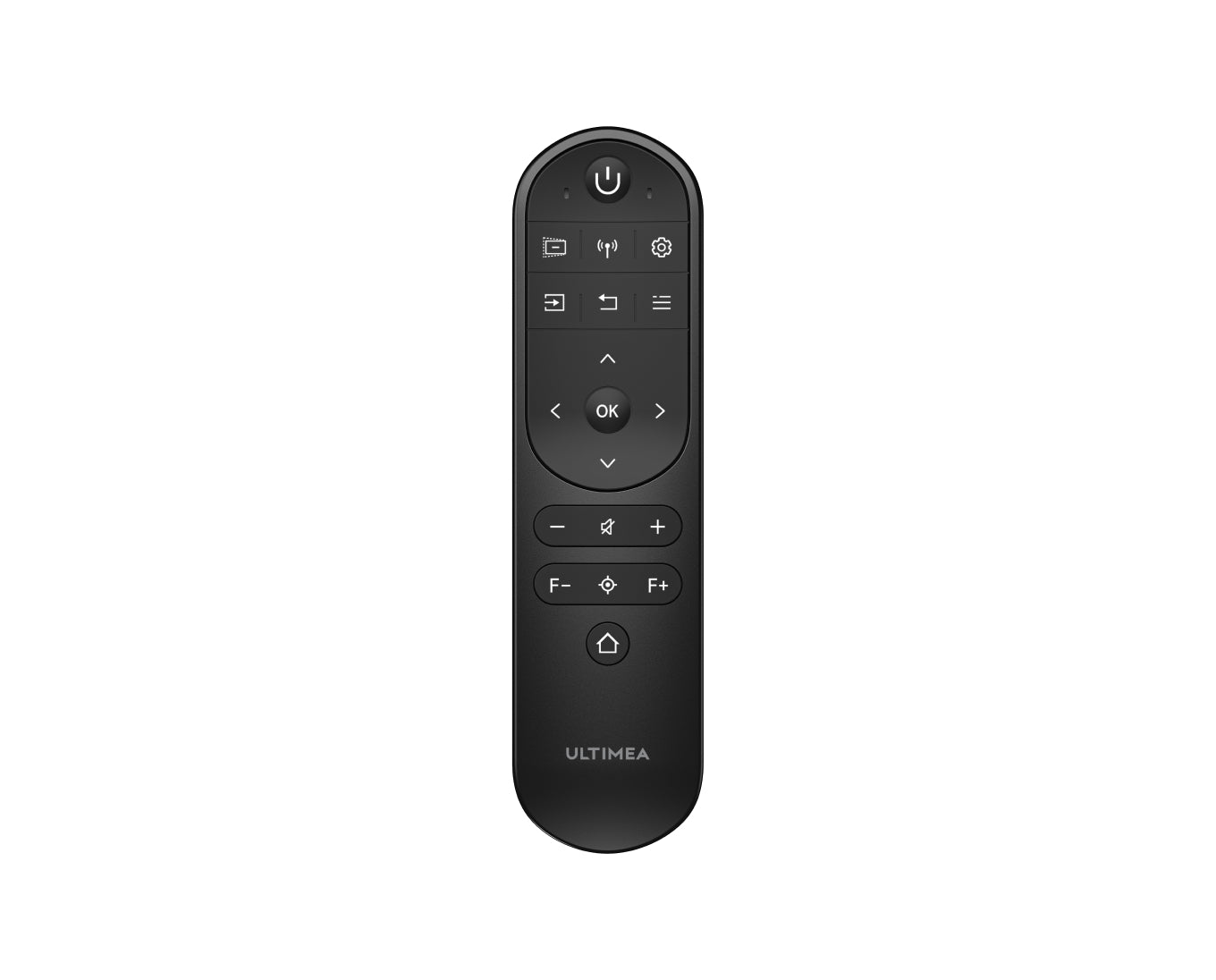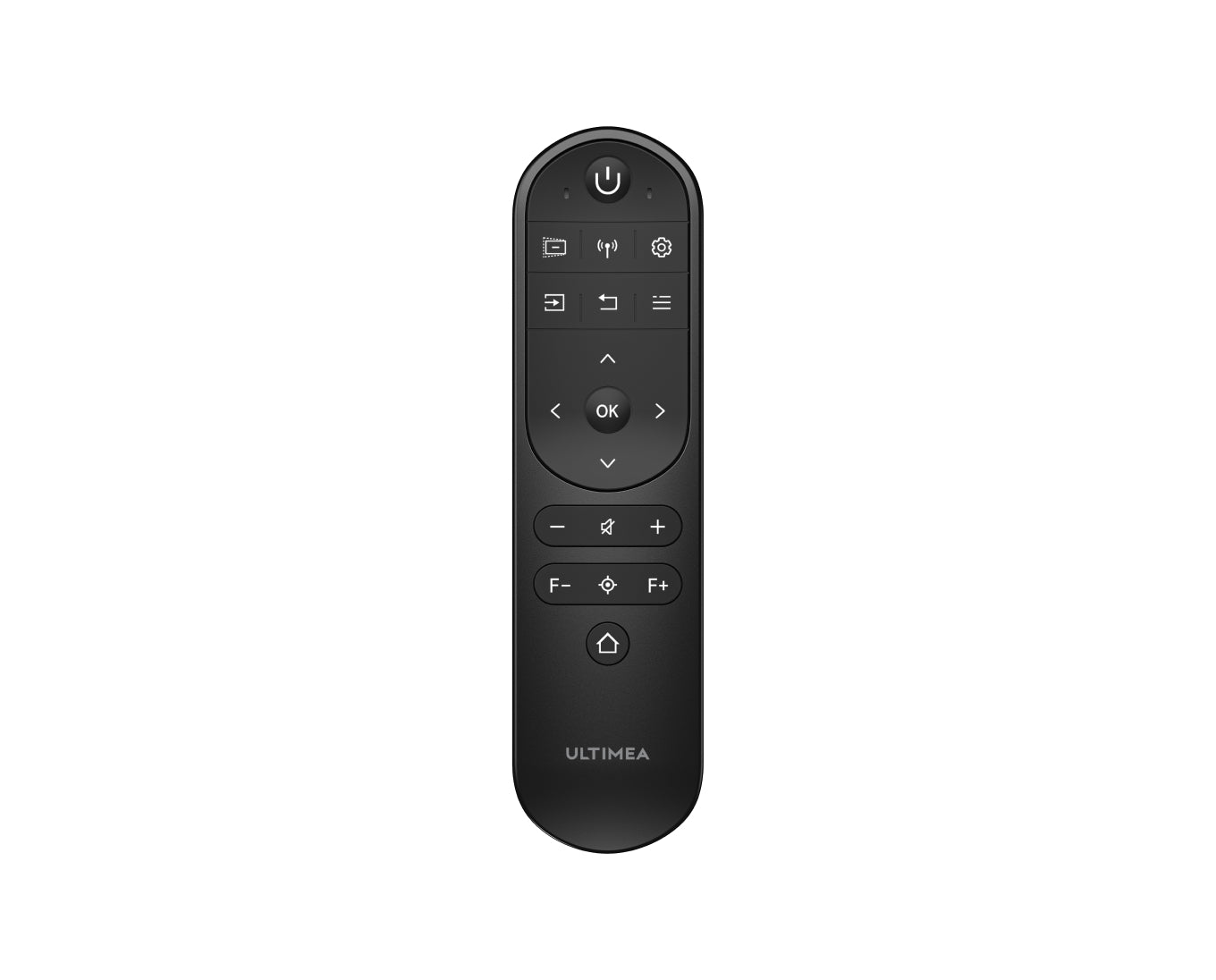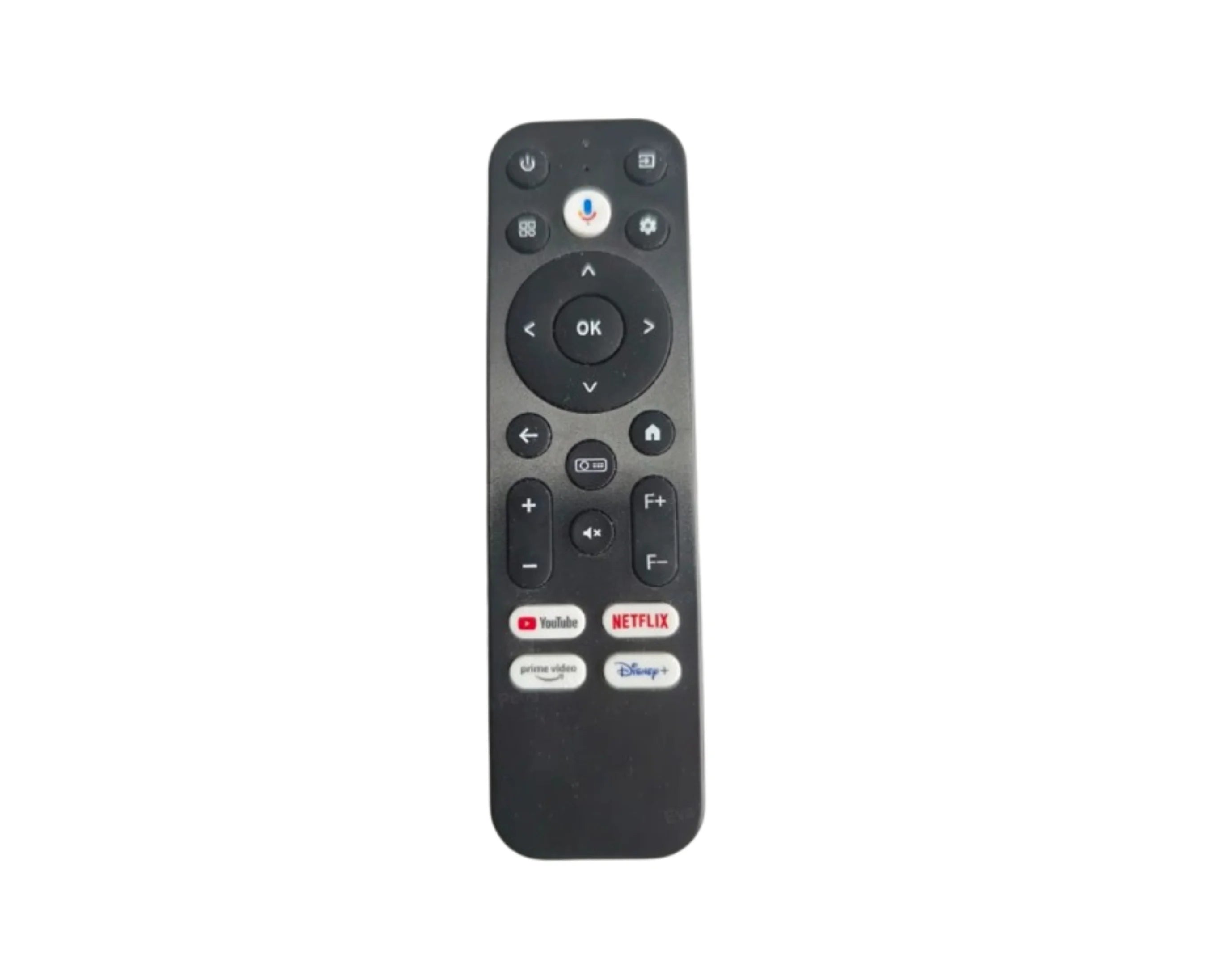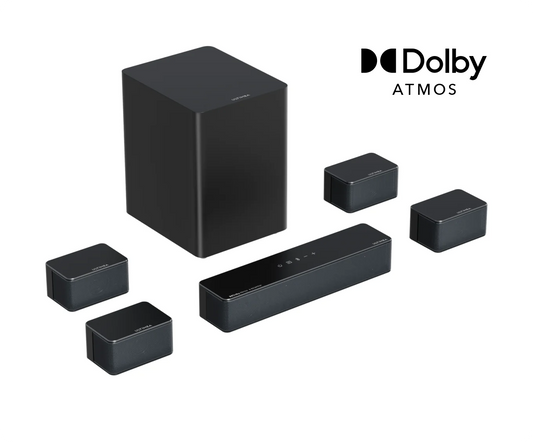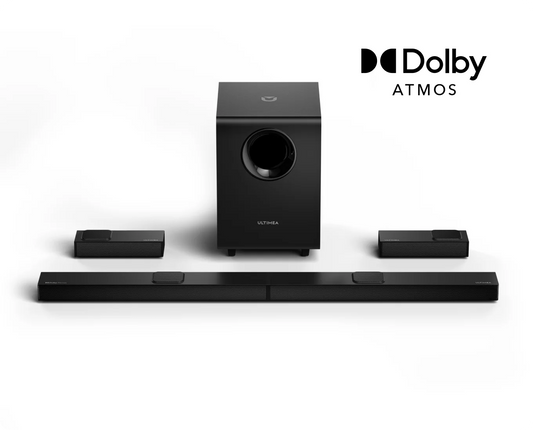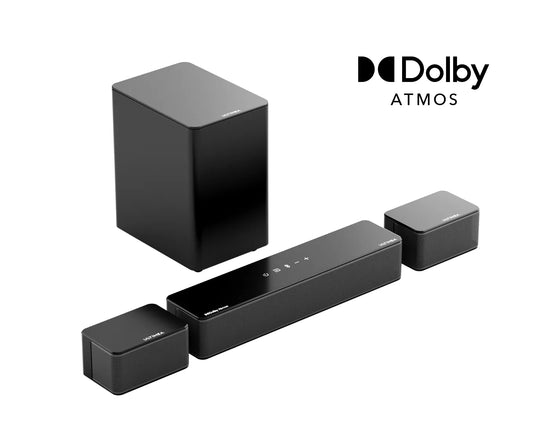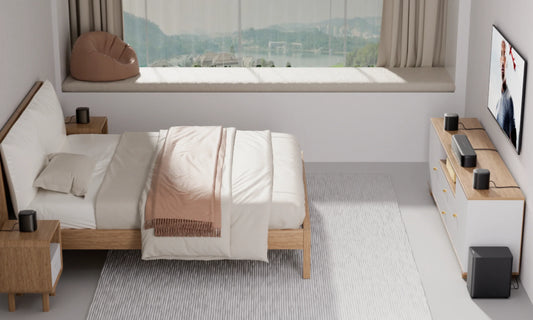Want to make your TV audio richer and your viewing experience more immersive, but don't want the hassle of a complex speaker system? A soundbar is the perfect starting point for building a home theater. With simple installation and a noticeable boost in sound quality, it's an easy choice for any audio beginner.
This guide will walk you through 5 key factors to help you quickly choose the right soundbar, so you can make a great choice without any missteps.
What is a Soundbar? Why is it Great for Beginners?
A soundbar is a long, all-in-one speaker system typically placed below your TV or mounted on the wall. It uses multiple built-in speakers to simulate stereo or surround sound, providing a much better audio experience than your TV's built-in speakers.
✅ Why a Soundbar is a Smart Choice for Beginners:
* Plug-and-Play: Simple to install with no complex wiring needed.
* Compact Design: Perfect for smaller spaces like bedrooms or living rooms.
* Affordable: You can start with a budget-friendly option and still hear a significant difference.
* Versatile Connectivity: Supports multiple connection types like HDMI ARC, Bluetooth, and Optical.
5 Key Factors to Consider Before You Buy
1. Number of Channels: From 2.0 to 7.1.4, Understand the Difference
A soundbar's "channel count" determines the size of the soundstage and the level of immersion it can create.
Note that the number of channels is not the same as the number of speaker drivers—this is a common point of confusion for beginners.
* 2.0: Two channels (left and right) for basic stereo sound.
* 2.1: Adds a subwoofer for more powerful bass.
* 3.1: Adds a dedicated center channel for clearer dialogue.
* 5.1: Front left/right + center + rear left/right + subwoofer, for a true surround sound experience.
* 5.1.2: Adds two "up-firing" channels for Dolby Atmos overhead effects.
* 7.1.4: Adds side surrounds and four up-firing channels for a premium, fully immersive experience.
▶️ Our Advice:
* Limited budget or small space: Start with a 2.1 or 3.1 system.
* Want a truly immersive movie experience: Go for a 5.1.2 or 7.1.4 setup.
2. Does It Include a Subwoofer?
A subwoofer dramatically enhances low-frequency effects, making it ideal for watching action movies, playing games, or listening to bass-heavy music.
* Built-in Subwoofer: Space-saving, great for small apartments.
* Wireless Standalone Subwoofer: Better sound quality and flexible placement for an upgraded experience.
✅ For beginners, a soundbar with a wireless standalone subwoofer offers the best value.
3. Connectivity: Check What Ports Your TV Has
The connection method impacts audio quality, latency, and ease of use. Common methods include:
* HDMI ARC / eARC: The best choice. Provides high-quality audio and lets you control the volume with your TV remote.
* Optical: Compatible with older TVs and supports 5.1 audio.
* Bluetooth: Convenient for streaming music from your phone or tablet, but use a wired connection for movies to avoid latency.
* AUX / USB: Suitable for playing local audio or connecting older devices.
📌 Pro Tip: Always try to match your TV and soundbar with HDMI ARC for the best experience.
4. Does It Support Dolby Atmos / DTS:X?
For that "sound flying overhead" cinematic experience, look for support for:
* Dolby Atmos: Creates a three-dimensional sound field, perfect for movies and immersive gaming.
* DTS:X: Provides dynamic object-based audio for enhanced detail and realism.
🔊 If you plan to use it for a long time, a 5.1.2 or higher system with Dolby Atmos support will greatly enhance your future audio experience.
5. Size and Style: Matching Your Space
Before buying, consider your home environment and how you'll set it up:
* Small room / bedroom: A 2.1 or 3.1 compact model is a great fit.
* Medium-sized living room: A 5.1 or 5.1.2 system with a separate subwoofer is recommended.
* Large living room / dedicated theater room: A 7.1.4 or even higher (like 11.4.6) will create a truly immersive surround sound experience.
* Wall-mounted TV: Choose a slim or wall-mountable model for a clean, space-saving look.
Common Beginner Questions (FAQ)
Q1: Can a soundbar replace a traditional home theater system?
A: For most people, a soundbar is a more space-saving and user-friendly choice. It can significantly improve your audio without sacrificing too much sound quality.
Q2: Are my TV's built-in speakers really that bad?
A: Compared to a soundbar, TV speakers have weaker bass, less clear dialogue, and a narrower soundstage. The difference is especially noticeable when watching movies on a large screen.
Q3: Is a soundbar hard to install?
A: Not at all. Most popular models are plug-and-play and can be set up in minutes. They often come with a remote or a companion app for easy control.
🎯 Final Advice: How to Choose Your First Soundbar
✅ Choose channels based on your space: 2.1-3.1 is sufficient for everyday use, while 5.1 and above offer a more immersive feel.
✅ Want better bass? Go for a model with a wireless subwoofer for games and movies.
✅ Check your TV ports: Prioritize HDMI ARC for the best sound quality and ease of use.
✅ Aim for a premium experience? Choose one that supports Dolby Atmos / DTS:X.
✅ Don't forget the aesthetics: Pick a size and style that complements your home decor.
